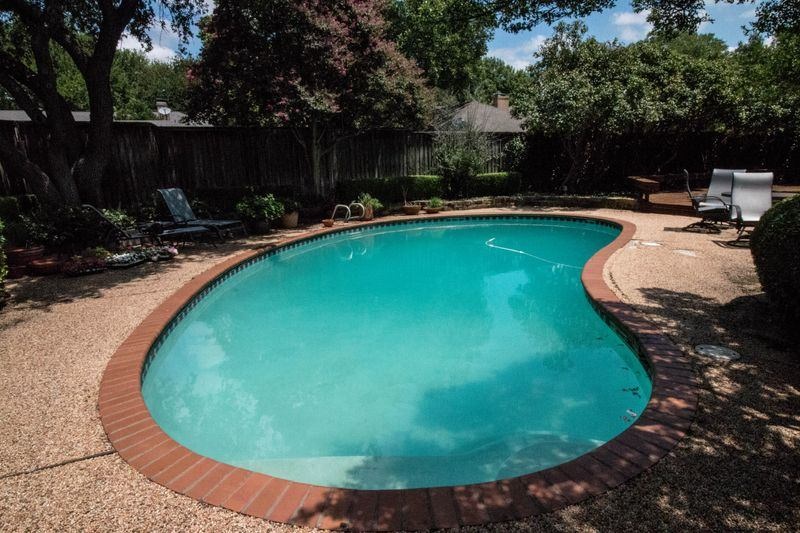Creating a serene oasis in your backyard with a swimming pool is a dream many homeowners share. However, the journey to a perfect pool goes beyond aesthetics and relaxation—it involves addressing the foundational aspect: soil stabilization. This comprehensive guide delve into the critical importance of swimming pool soil stabilization, exploring the reasons behind it and the techniques that contribute to a stable and durable pool environment.
The Significance of Soil Stabilization
Ensuring Structural Integrity
Foundation Support:
- Soil stabilization provides a solid foundation for the pool structure, ensuring it can withstand the weight and pressure exerted by water and surrounding elements.
- A stable foundation prevents issues such as settling or shifting, safeguarding the pool’s structural integrity.
Preventing Settling:
- Properly stabilized soil reduces the risk of soil settlement over time, preventing uneven surfaces around the pool.
- Settling can lead to structural damage, cracking, and a compromised pool structure, emphasizing the need for effective soil stabilization.
Mitigating Erosion Risks
Erosion Control:
- Stabilizing the soil helps control erosion, especially in areas prone to water runoff or inclement weather.
- Erosion can undermine the pool’s foundation, leading to instability and potential damage. Soil stabilization acts as a protective measure against erosion.
Preserving Landscape:
- By preventing soil erosion, pool owners can preserve the surrounding landscape, maintaining the beauty of the pool environment.
- A stabilized soil surface minimizes the risk of soil displacement, preserving the aesthetic appeal of the pool area.
Techniques for Effective Swimming Pool Soil Stabilization
Chemical Stabilization
Polymer Additives:
- Polymer additives can be introduced to the soil, enhancing its stability and load-bearing capacity.
- These additives create a durable matrix within the soil, reducing susceptibility to water-induced erosion.
Soil Grouting:
- Grouting involves injecting a stabilizing material into the soil, filling voids, and creating a more compact and stable foundation.
- This technique is particularly useful in areas with loose or sandy soils that are prone to shifting.
Mechanical Stabilization
Compaction Methods:
- Mechanical compaction involves the use of heavy machinery to compress the soil, increasing its density and load-bearing capacity.
- Proper compaction is essential for creating a stable base that can withstand the weight of the pool and its contents.
Aggregate Base Installation:
- Installing a layer of aggregate beneath the pool base can stabilize the soil.
- The aggregate acts as a stable foundation, distributing the pool’s load more evenly and reducing the settlement risk.
Environmental Considerations
Sustainable Practices
Permeability Considerations:
- While stabilizing the soil, it’s crucial to consider permeability to allow proper water drainage.
- Sustainable soil stabilization practices balance stability with the need for natural water movement, promoting environmental responsibility.
Native Plant Integration:
- Incorporating native plants in the landscaping around the pool area can contribute to soil stabilization.
- Plant roots help bind the soil, reducing erosion risks and enhancing the overall stability of the pool surroundings.
Conclusion
In swimming pool construction, soil stabilization emerges as the unsung hero, ensuring a robust and enduring foundation for your aquatic retreat. The significance of stabilizing the soil extends beyond mere engineering considerations—it directly influences your pool oasis’s longevity, safety, and aesthetic appeal. Whether through chemical additives, mechanical compaction, or mindful environmental practices, soil stabilization sets the stage for years of enjoyment, allowing you to dive into the refreshing waters with the assurance of a solid foundation beneath. As you embark on creating your perfect pool, remember that a stable soil foundation is not just a construction requirement; it’s the bedrock of your aquatic haven.

